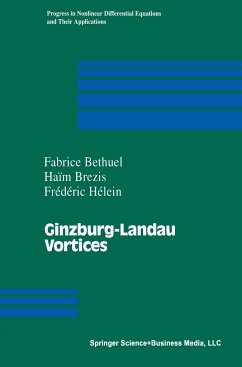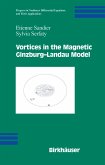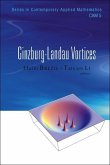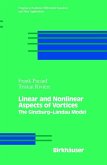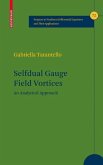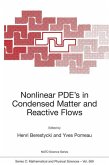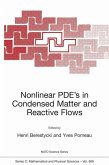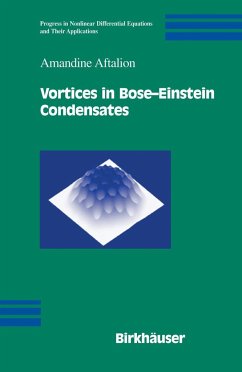The original motivation of this study comes from the following questions that were mentioned to one ofus by H. Matano. Let 2 2 G= B = {x=(X1lX2) E 2 ; x~ + x~ = Ixl 1}. 1 Consider the Ginzburg-Landau functional 2 2 (1) E~(u) = ~ LIVul + 4~2 L(lu1 _1)2 which is defined for maps u E H1(G;C) also identified with Hl(G;R2). Fix the boundary condition 9(X) =X on 8G and set H; = {u E H1(G;C); u = 9 on 8G}. It is easy to see that (2) is achieved by some u~ that is smooth and satisfies the Euler equation in G, -~u~ = :2 u~(1 _lu~12) (3) { on aGo u~ =9 Themaximum principleeasily implies (see e.g., F. Bethuel, H. Brezisand F. Helein (2]) that any solution u~ of (3) satisfies lu~1 ~ 1 in G. In particular, a subsequence (u~,.) converges in the w - LOO(G) topology to a limit u .
"The three authors are well-known excellent specialists in nonlinear functional analysis and partial differential equations and the material presented in the book covers some of their recent and original results. The book is written in a very clear and readable style with many examples."
--ZAA
"...the book gives a very stimulating account of an interesting minimization problem. It can be a fruitful source of ideas for those who work through the material carefully."
--ZAMP
--ZAA
"...the book gives a very stimulating account of an interesting minimization problem. It can be a fruitful source of ideas for those who work through the material carefully."
--ZAMP

